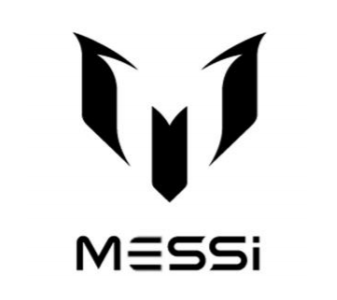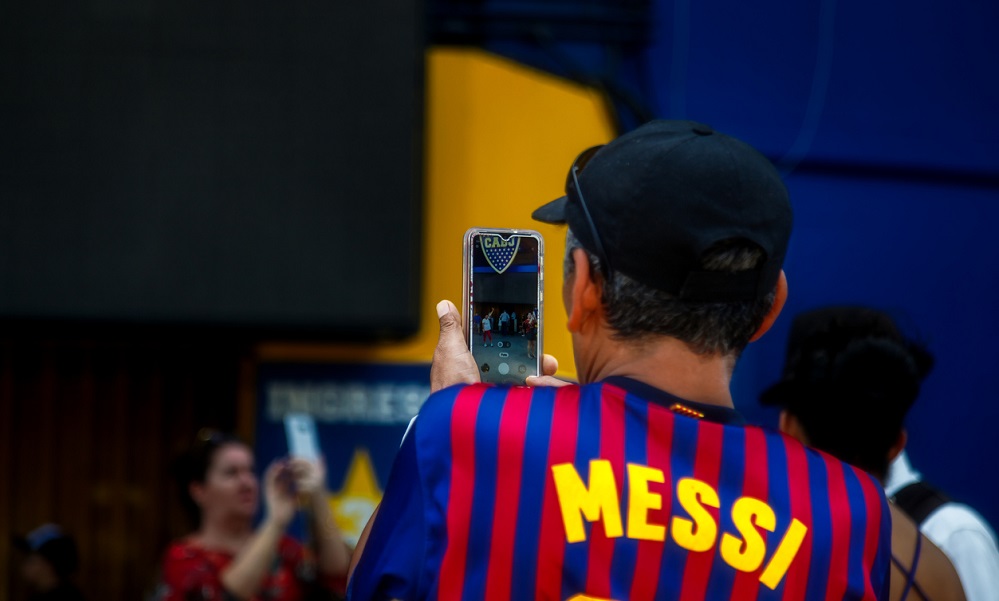The Court of Justice of the European Union has dismissed the appeals filed by the European Union Intellectual Property Office (EUIPO) and the Spanish company J-M.E.V e hijos S.R.L., in a dispute that has lasted for almost a decade and which finally recognizes that the world-famous F.C. Barcelona player, Lionel Andrés Messi Cuccittini, holds exclusive rights in the mark Messi.
This is the mark registered by the player:

In 2011, the player filed an application with the European Union to register various merchandising items typical of a well-known footballer, such as “photographic apparatus, protective apparatus” (class 9); “clothing, footwear, headgear” (class 25), “gymnastic and sporting articles”(class 28).
First Mr. Jaime Masferrer Coma and following an assignment of rights, the company J-M.E.V e hijos S.R.L, was subrogated to Mr. Coma’s position in the proceeding, opposed the application based on the earlier rights in the trademark ‘MASSI’, covering identical goods to those claimed by the football superstar.
In both the opposition and on appeal, the EUIPO, maintained its decision to refuse registration of Lionel Messi’s mark.
In the comparison of the goods, the conclusion was reached that the signs were very similar, since they shared the same commercial purpose, with the same distribution channels and the same consumer public. As a result following a comparison of the signs ‘MASSI’ vs ‘M MESSI’, the EUIPO concluded that the marks were similar and that the relevant public, the so-called “average consumer”, due to such similarities, would consider that they had the same or a related business origin.
This last aspect is where the General Court of the European Union (GCEU) changed its view, which has now been confirmed by the Court of Justice of the European Union (CJEU).
The first aspect addressed in the decision by the GCEU was the error made by EUIPO when defining in this specific case, the concept of relevant public, in order to uphold the existence of a likelihood of confusion between the conflicting marks. EU case law unequivocally holds that the relevant public is the “average consumer in the EU, reasonably well-informed and reasonably observant and circumspect”. However, the court considered that despite these similarities between the signs, the EUIPO failed to combine this case law criterion with the fact that Lionel Messi enjoys a reputation not just among the relevant public, that is, the public that would acquire the goods for which protection was sought under the trademark, but also that he is well-known by most people, not just among the public interested in football, or sports in general. The GCEU held that the EUIPO’s Board of Appeal should have examined, on its own initiative, whether a significant proportion of the public would associate the term ‘MESSI’ with the football player’s surname.
The GCEU went on to say that it is highly unlikely that the average reasonably well-informed and reasonably observant and circumspect consumer was not aware of the existence of Lionel Messi and would not directly and automatically associate the mark with the player.
This ruling is particularly interesting for specialists in trademark rights, since the GCEU openly reminds the Board of Appeal, that although Lionel Messi’s representatives did not prove the fame or reputation of the Argentinian player, EUIPO was aware of this information from other sources when it issued its decision. It indicated that the Board of Appeal should have based its decision on additional, alternative evidence to the evidence provided by the parties in the proceeding.
In earlier decisions EU case law has held that the Board of Appeal is entitled to base its decisions on any “well-known facts”[1] which may be learnt from generally accessible sources, whereas the Board of Appeal, incorrectly applying case law, precisely establishes as a general principle that it should not have to clarify the facts involved in a particular case.
The CJEU has upheld the criterion of the GCEU that when comparing the marks ‘MASSI’ vs ‘M MESSI’, consumers would perceive the differences between them and given that the term ‘MESSI’ is inextricably linked to the player, Lionel Messi, there is no likelihood of association or confusion for the average consumer.
With this ruling, Lionel Messi has finally had his trademark rights recognized in the European Union.
[1] Judgment of June 22, 2004 Ruiz-Picasso vs OAMI, DaimlerChrysler (PICARO) T.185/02)
Garrigues Intellectual Property Department






